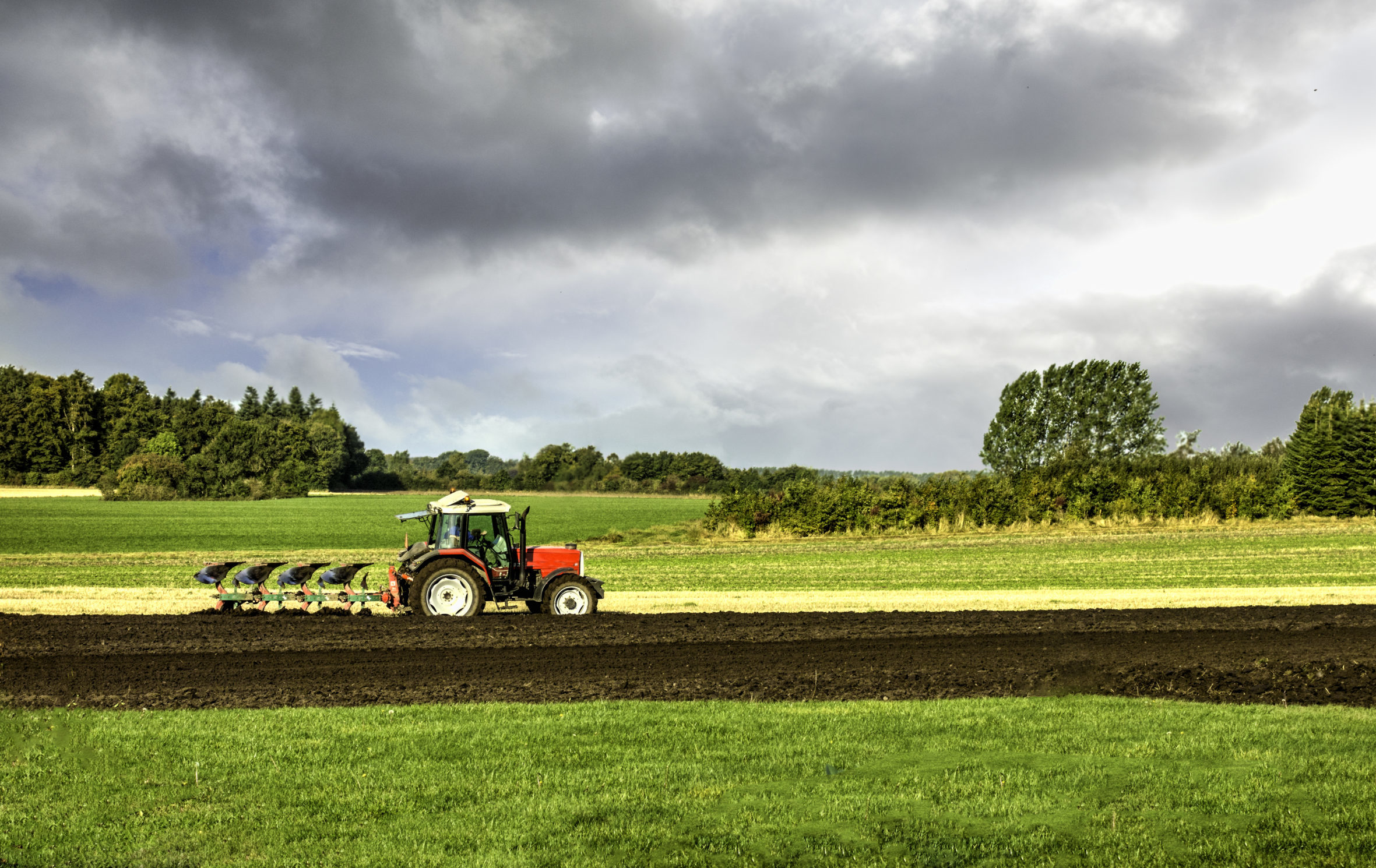Politics
Human ingenuity remains the greatest (and most renewable) resource of all.

Perhaps the most serious effect of climate change in America thus far relates to its impact on young people. College students, once upbeat and optimistic about the future—or at least their individual futures—now seem increasingly pessimistic, even dour about the road ahead. It’s easy to understand why. Given the doomsday climate scenarios laid out in the media and in the gloomy lectures of bien pensants professors, fear of the future, anti-development ideologies—“degrowth” and “ungrowth” among others—and safety-ist fixations have become the default options on the quad.
I learned this lesson all too well when, in an honors class this spring, I gave a guest lecture on the future of agriculture. I argued that, among other things, over the course of the century we’re going to have to find ways to grow more food of better quality more efficiently. I compounded this mistake by stating that advances in science, new technology, and agribusiness entrepreneurship would be crucial to these tasks.
Judging from the students’ reactions, I would have been better received had I argued for a 21st-century “Modest Proposal” and suggested that, in the future, we dispose of excess children by adding yet another “protein” to the options recited by “wait staff” at trendy eateries.
The climate is changing in significant ways, as it often has in the past. Human actions are probably responsible for many of the current changes; if pushed, I can even go along with the new nomenclature being used more and more to denote our new epoch of history: the Anthropocene. That all said, I’m not overly fearful of, much less terrified by, the climate possibilities going forward for a couple reasons.
First, as Bjorn Lomborg has often pointed out, there are other more immediate and arguably more serious problems out there. Lomborg focuses on various diseases and persistent poverty, but population aging and the coming population bust pose real problems as well. We should be paying more attention to such problems instead of getting our collective knickers in a twist and planning for our extinction because the temperature is rising a bit.
Second, I am an economic historian and have taken note of how humans have generally reacted to significant challenges in the past. While prominent environmental historians cherry-pick cases where (some) pre-industrial peoples have failed to respond effectively to environmental stresses, resources constraints, and the like, in the modern era humans have almost always answered the call.
For example, think of the answers governmental policymakers, journalists, and the intelligentsia would have had given in 1900, when the world’s population had reached 1.65 billion, if asked whether we would feed 6 billion people by the end of the century and 8.3 billion in 2023? Most likely, incredulous stares and cries of “impossible,” followed by a pshaw or two. Yet we now produce ample food to feed the world’s population today—although it is five times larger than it was in 1900—and still have plenty left over to convert into ethanol, to use to feed livestock, and, alas, to rot, spoil, or waste.
Why? Because the human brain, or rather, human brains collectively, are the ultimate resource, as Julian Simon put it over 40 years ago. That is to say, our formidable ability to innovate and adapt make me optimistic regarding present and future challenges, climate change among them. Turning again to food: Over the course of the 20th century and the first few decades of the 21st, the efforts of research scientists, policymakers, agribusiness professionals, farm organizations, and individual farmers have transformed production possibilities in profound ways.
The invention of the so-called Haber-Bosch process of combining nitrogen and hydrogen to produce ammonia is a case in point. When used as fertilizer (synthetic nitrogen), ammonia allowed for massive increases in yields, particularly of cereal crops in the postwar era. The distinguished historian of technology Vaclav Smil has gone so far as to call synthetic nitrogen fertilizer the most important invention of the 20th century, helping mightily to feed growing populations all over the world.
Subscribe Today
Get weekly emails in your inbox
Yet this is but one example, as other biological, mechanical, and organizational innovations—ranging from tractorization to the Green Revolution, from the introduction of various risk-reduction and income-smoothing mechanisms (futures markets, crop insurance) to glyphosate-based herbicides and G.M. crops—have played key roles as well. Who knows?Cellular or microbial meat may be next.
Humans are creative problem solvers, who, regarding food supply, have relegated once celebrated hand-wringing naysayers forecasting mass starvation in the 1970s—Dennis Meadows, the Paddock brothers, Paul Ehrlich, and their ilk—to the dustbin, or, more aptly, the compost pile of history. To be sure, human solutions to the “food crisis,” however successful, were themselves not without problems and must always be considered provisional, but they do create a sense of historically-grounded optimism going forward about our possibilities regarding climate change.
The human propensity to innovate and adapt, particularly when underpinned and reinforced by research commitments, well-designed market incentives, and respect for individual freedom and diverse paths, gives me more than a margin of hope that the well-fed and increasingly wealthy 10.4 billion or so people projected to inhabit the Earth in 2100 may look back and wonder what all the climate fuss was about.
>>> Read full article>>>
Copyright for syndicated content belongs to the linked Source : The American Conservative – https://www.theamericanconservative.com/food-for-thought-about-climate-change/